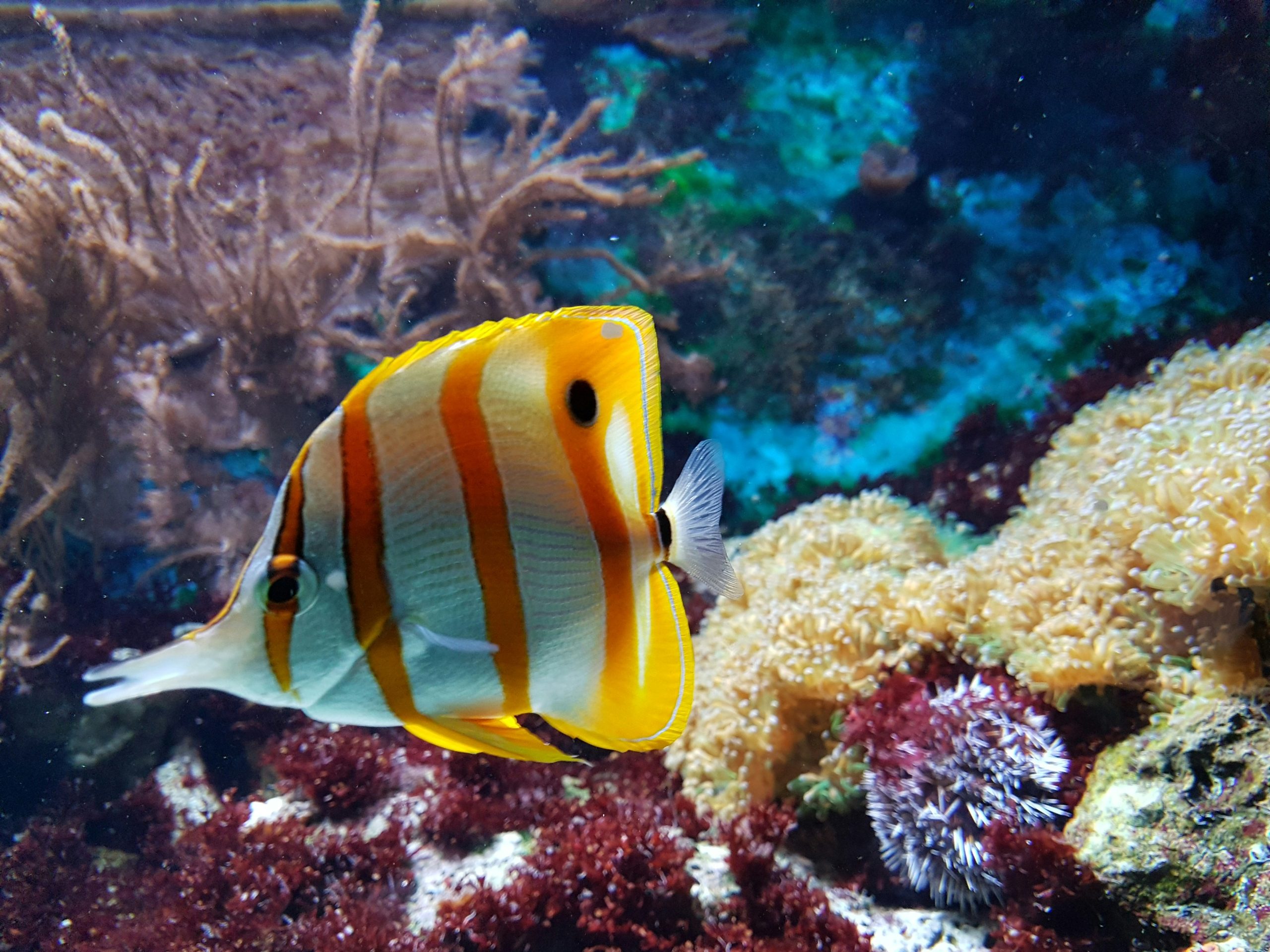Table of Contents
![]()
Aquarium eels are a captivating and diverse group of fish that have gained popularity among aquarists. Their unique physical characteristics, intriguing behaviors, and varied habitats make them an exciting addition to both freshwater and marine aquariums. This article delves into the unique world of aquarium eels, exploring their types, care requirements, ecological roles, and more.
Types of Aquarium Eels
Freshwater Eels
Freshwater eels are a significant group within the aquarium hobby. Some common species include the Asian swamp eel and the electric eel. Freshwater eels typically inhabit rivers, lakes, and swamps, requiring specific environmental conditions for optimal health. For instance, they thrive in tanks with ample hiding spots, such as plants and caves, which mimic their natural habitats.
Marine Eels
Marine eels, including popular species like Moray eels and Snowflake eels, are often admired for their vibrant colors and unique body shapes. These eels are found in coral reefs and rocky environments, where they use their excellent camouflage to hunt prey. Marine eels generally require larger tanks with high salinity and specific water parameters to thrive.
Comparison Between Freshwater and Marine Eels
The primary difference between freshwater and marine eels lies in their habitat requirements and care. Freshwater eels often prefer shallow, murky waters, while marine eels thrive in saltwater environments with abundant structures to hide in. Both types require careful attention to water quality, feeding, and compatibility with tank mates.
Physical Characteristics
Body Structure
Aquarium eels are known for their elongated bodies and lack of pelvic fins, which contribute to their unique swimming style. Their streamlined shape allows them to navigate through tight spaces, making them effective hunters. Additionally, their dorsal fins extend along their backs, aiding in movement and maneuverability.
Coloration and Patterns
Eels exhibit a wide range of coloration and patterns, from the mottled browns and greens of some freshwater species to the striking blues and yellows of certain marine eels. This variation not only enhances their aesthetic appeal but also plays a crucial role in their survival, as many species use their colors to blend into their surroundings for protection against predators.
Behavior and Ecology
Habitat Preferences
In the wild, eels are typically found in environments that offer shelter and food sources. Freshwater eels may inhabit riverbanks, swamps, and lakes, while marine eels favor rocky crevices and coral reefs. Their behavior can range from solitary to territorial, with some species exhibiting aggression towards others, especially during mating seasons.
Feeding Habits
Eels are primarily carnivorous, feeding on a diet of small fish, crustaceans, and invertebrates. Their hunting strategies are often stealthy; they will lie in wait to ambush prey or search crevices for hiding food. In aquariums, it is essential to provide a balanced diet to ensure their health, incorporating high-quality pellets, frozen foods, and live options when appropriate.
Care and Maintenance in Aquariums
Tank Setup
Setting up an aquarium for eels requires careful consideration of size and habitat. Eels typically need spacious tanks with plenty of hiding spots, such as caves, rocks, and dense vegetation. This setup mimics their natural environment and provides them with security.
Water Quality and Parameters
Maintaining proper water quality is crucial for the health of aquarium eels. Freshwater eels thrive in slightly acidic to neutral pH levels, while marine eels require specific salinity and stable temperatures. Regular testing and maintenance of water parameters, including ammonia, nitrite, and nitrate levels, are vital for a healthy aquarium ecosystem.
Compatibility with Other Species
When selecting tank mates for eels, it’s important to consider their temperament and size. Many eels can be aggressive, particularly towards smaller fish, so careful selection is necessary. Ideal tank mates often include larger, more robust species that can coexist peacefully.
Breeding and Reproduction
Reproductive Behaviors in the Wild
Breeding behaviors among eels vary significantly by species. Many species migrate to specific breeding grounds, where they exhibit unique courtship rituals. Understanding these behaviors can provide insight into their reproductive needs.
Challenges of Breeding in Captivity
Breeding eels in captivity poses numerous challenges, as many species have specific environmental triggers for spawning. Furthermore, some eels, such as the European eel, are notoriously difficult to breed outside their natural habitats.
Notable Breeding Successes and Techniques
Despite the challenges, some aquarists have successfully bred certain eel species in captivity by replicating their natural conditions and behaviors. Creating specific environments that mimic breeding grounds can enhance the likelihood of success.
Conservation and Environmental Impact
Threats to Eel Populations in the Wild
Eel populations face numerous threats, including overfishing, habitat loss, and pollution. Many species are experiencing significant declines, prompting conservation efforts worldwide. Understanding these threats is crucial for responsible aquarium keeping.
Sustainable Practices for Aquarium Keepers
Aquarium enthusiasts play a vital role in conservation by adopting sustainable practices. Choosing captive-bred eels over wild-caught specimens helps reduce pressure on wild populations. Additionally, educating oneself about species conservation status and supporting responsible breeding programs can contribute to broader conservation efforts.
Role of Aquarists in Conservation Efforts
Aquarists can participate in conservation initiatives by supporting organizations focused on preserving eel habitats and populations. Engaging in advocacy for sustainable practices within the hobby fosters a culture of responsibility among aquarium enthusiasts.
Cultural Significance
Historical Uses of Eels in Different Cultures
Eels have held cultural significance in various societies throughout history. In some cultures, they are considered a delicacy, while in others, they play a role in traditional practices and folklore.
Eels in Mythology and Symbolism
In mythology, eels often symbolize transformation and adaptability due to their unique life cycles. They are featured in stories and legends across different cultures, reflecting their mysterious nature.
The Role of Eels in Culinary Traditions
Eels have long been a staple in many culinary traditions. From Japanese unagi to European eel dishes, they are celebrated for their flavor and versatility in cooking.
Conclusion
The unique world of aquarium eels offers a fascinating glimpse into the diversity and complexity of aquatic life. From their captivating physical characteristics and behaviors to their essential roles in ecosystems, eels are an important part of both freshwater and marine environments. By understanding their care requirements and contributing to conservation efforts, aquarists can enjoy these remarkable creatures while helping to protect them for future generations.
Share This





Be the first to comment